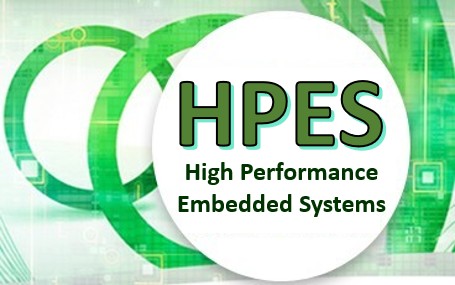Hall of Fame
This page provides some of the best YODA projects from the previous few years. The projects are presented here with permission from their developers. Since 2016 the projects have been given awards according to: Best Prototype (what the judges agreed to be the most impressive and functional prototype), Best Concept (the most innovative or creative concept), and Best Paper (the paper/report that was the best quality, explained the project and experiments well). Note that these award are not necessarily always who got the highest marks (for best report it may be on the mark) but for best prototype and best concept while the project would have got an overall high mark it wouldn't necessarily have got the highest mark.
2020
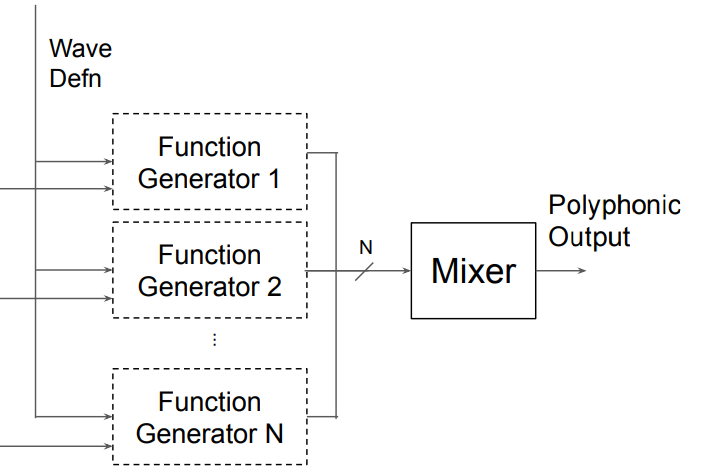 |
Revenge of the
Synth Polyphonic Audio Synthesis using a Field-Programmable Gate Array BEST PROTOTYPE Nicolas Reid, Callum Tilbury and Justin Wylie This paper details the implementation of a classic direct digital synthesis (DDS) algorithm on a Xilinx Artix-7 field-programmable gate array (FPGA), specifically looking at its performance in synthesizing polyphonic audio. After a brief history of these topics is presented, a more robust description of the relevant signal theory is discussed. Thereafter, the implementation details using Verilog - a hardware description language—are unpacked in depth, eventually leading to a simple prototype of a digital synthesizer, using solely the FPGA board. A so-called ‘golden measure’ is also developed, which runs on a conventional microprocessor, the Teensy 3.6. By contrasting these two approaches, a thorough analysis of the advantages and drawbacks of hardware acceleration in this context is explored— looking at a range of factors, including the polyphonic ‘voice’- count capabilities, the achievable output frequencies, power consumption, efficiency, and cost. Through these analyses, it is concluded that the FPGA offers a attractive—perhaps commercially untapped—solution to modern audio synthesis, boasting benefits of scalability, reconfigurability, and high parallelization Downloads: Paper (PDF) Youtube Demonstration |
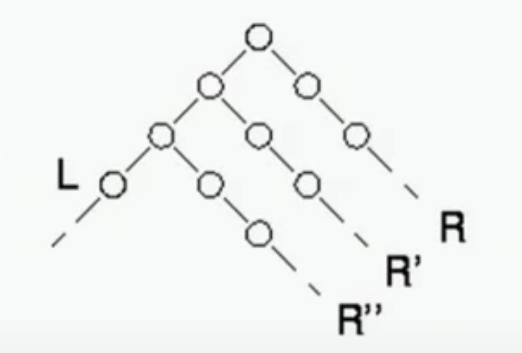 |
PRNG Parallel Random Number Generator BEST REPORT Noel J Loxton, Keenan Robinson and Mauro G Borrageiro The purpose of this paper is to investigate a pseudo-random number generation technique known as Linear Feedback Shift Registers (LFSR). This random number generator is implemented using a standard serial program coded in C++ and subsequently produced in a hardware-accelerated version of the algorithm, which would be run on a Field Programmable Gate Array (FPGA), namely the NEXYS A7 Artix 100-t from Digilent®. The latter is implemented using a form of parallel programming in Verilog Code and simulation. The two implementations are tested and compared to evaluate process speed-up. Further details regarding statistical tests are given, which are performed to ensure optimal performance of the algorithm. The digital accelerated parallel implementation of the LFSR random number generator produced random data-sets with huge speed-ups compared to the Golden Standard. The data-sets were acceptably random but their entropy needs to be improved in order to widen the applications of this parallel random number generator Downloads: Paper (PDF) |
 |
LEIA Lane Exit Identification and Alert BEST CONCEPT Samantha Ball and Jason Pilbrough This paper aims to develop an embedded vision prototype to detect road lanes and markings in real-time. The computational complexity of lane detection is a significant barrier for real-time detection on traditional CPUs. A FPGA based architecture is presented to address this bottleneck by accelerating the image processing pipeline. Such a system has application in the field of autonomous vehicles and could form part of a Lane Keep Assist System (LKAS) or a larger Advanced Driver Assistance System (ADAS). The proposed design utilised the Hough Transform for straight line detection and was successfully implemented on the FPGA. A working hardware prototype was developed and achieved a processing time of less than 23.1 ms for each frame, sufficient for real-time application at 43.3 fps. This resulted in a speedup of 10.1 over an equivalent software implementation. The prototype was also able to correctly predict lane departures by analysing the slope of the detected lane markings in the image to identify when the vehicle was about to drift into a neighbouring lane. The robustness of the hardware design was demonstrated by testing the prototype at night in difficult conditions. Downloads: Paper (PDF) |
2017
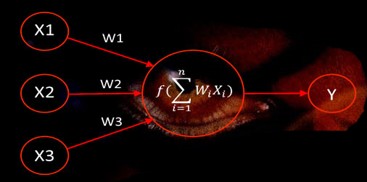 |
FPGA Accelerated
Neural Network: The FANN(tom) Menace (P20) BEST PROTOTYPE Kiuran Naidoo, Othniel Konan and Luke Schwartzkopff The FANNtom Menace project is an attempt to create an FPGA accelerated neural network. The concern is not to facilitate the training of neural networks on the FPGA but rather to use traditional methods to train a model that can be verified and run on a PC. This model, once trained to an acceptable level of accuracy, should then be used to configure the FPGA using appropriate synthesisable code. Due to the highly parallel nature of a neural network a significant speedup is expected here over traditional computational hardware. Not only do we expect the FPGA to improve on latency due to each layer of the neural network being able to be computed in parallel, we also expect a great increase in throughput due to each layer of the neural network acting as a pipeline stage on the FPGA. The example used to test our implementation will be the classification of an image as either a cat or a dog (a binary classifier). The speedup of this solution will be compared to a golden measure implemented on a PC - specifically our C++ implementation setup and compiled for an ordinary x86 CPU. Both latency as well as throughput will be considered as well as the resource consumption on the FPGA (amount of BRAM required etc). Downloads: Paper (PDF) Description project_unavail |
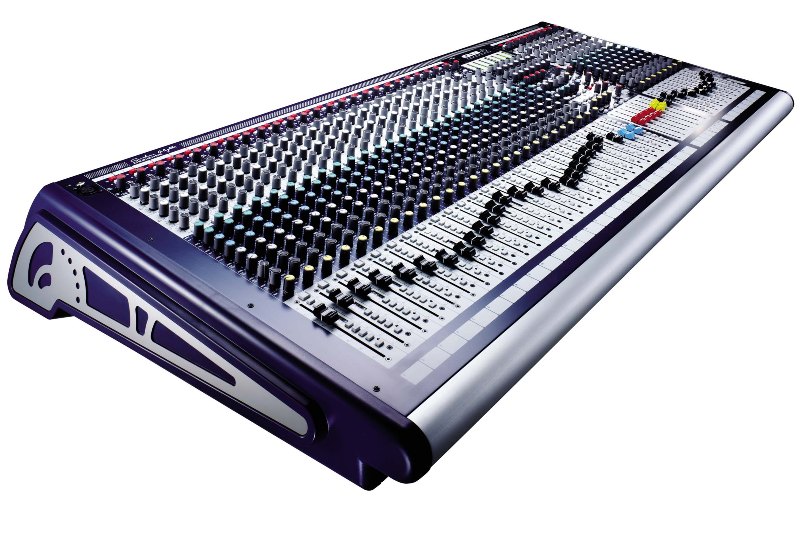 |
PADAWAN: Parallel Accelerator for Digitising Audio with Attenuation of Noise (P18) BEST REPORT James Cushway, George De Kock and Johan Jansen Van Vuuren This paper details the design and methodology for building a hardware accelerator for parallel digital audio processing. The Nexys 4 DDR evaluation board with a Xilinx Artix 7 FPGA is used for the implementation of the accelerator. The hardware accelerator is used to digitise an analog audio signal using a 12-bit ADC, and perform digital filtering thereon to create numerous audio effects. A PWM output, obtained by combining the results of the parallel filtering operations, is sent to a mono audio output port. Effects include echo, chorus, reverberation and distortion, specifically overdrive. The intensity of effects are designed to be dynamically adjustable using switches found on the Nexys 4 DDR board. The filters designed for the board are additionally implemented in Octave as a golden measure, and were tested on various audio signals to quantify performance, with which the FPGA performance is compared and evaluated. The paper also details the effects of bit truncation on audio, and the use of dithering and noise shaping to rectify said effects. Downloads: Paper (PDF) Description project_unavail |
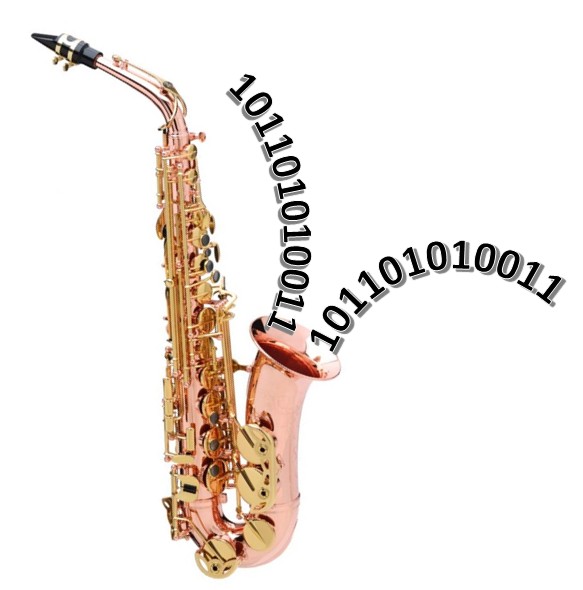 |
Direct Digital
Synthesis (DDS) (P19)
BEST CONCEPT Warren Fletcher, Kyle Harrison, Sean Le Roux and Roan Song A brief overview of Direct Digital Synthesis systems is described as well as the background to some DDS systems and DDS systems in general. A modified version of the traditional DDS system is presented for use within the audio range of frequencies. Every western note (12-tone) is designed and implemented on the Nexys4 DDR FPGA. Multiple waveforms (Sinusoidal, Square, Sawtooth, Triangle) are created with 1024 Samples, each at 9-bit resolution. The resulting waveforms are presented to the listener via PWM coupled with a Low Pass Filter. The output is compared against simulated results and was found to be successful. Downloads: Paper (PDF) Description project_unavail |
2016
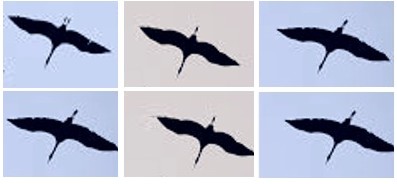 |
Motion Estimated
Frame Interpolation (G3) BEST PROTOTYPE Shaylin Chetty, Ross Macarthur and Michael Wood A concept design description for an implementation, within the realm of high performance computing hardware, of motion estimated frame interpolation. The resulting concept design is embedded in a capable output screen and receives input from a sub-par frame-rate HDMI video stream. A prototype is developed that demonstrates a simplified proof of concept involving frame averaging as a method of interpolation. The prototype is employed on an FPGA with a VGA output. Downloads: Paper Slides Project (ISE) |
 |
Message Digest 5
(MD5) Hash Reversal System (G2) BEST CONCEPT Gareth Callanan, Matthew Smith and Jean Swart This paper describes the
design and testing of a
device created to reverse
the effects of the
Message-Digest 5 (MD5) Hash Function in a
massively parallel manner. The device will
be used to find the
original data used to
generate the 128-bit MD5
hash. The system is
initially tested on a
Nexys 4 FPGA platform with the understanding
that the project can later be
implemented on an ASIC
platform for massively improved
performance. Downloads: Paper Slides Project (Python + ISE) |
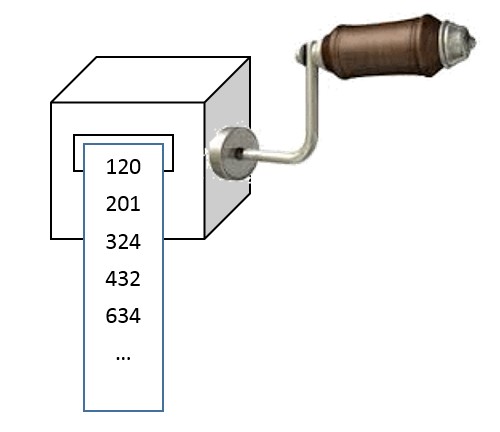 |
Arithmetic
Sequence Generator (G8) BEST REPORT Asif Parker and Philippus Scholtz In this project, an accelerator is built that generates an arithmetic series of the form a(n) = a1 + (n-1)d . The parameters are specified as inputs (a1, d and n). The device writes the first n entries of the sequence into memory after which it asserts a 'Done' output. Downloads: Paper Slides Project (C, ISE) |
2014
 |
PADAWAN -
Parallel Accelerator for Digitising Audio with
Attenuation of Noise P18 Hankyu Kim, Sarah Newnham and Lloyd Kammies *Abstract* |
 |
VADER - Versatile
Accelerated Digital Encryption Recovery P17,
2014 Anurag Arnab and Michael Seymour *Abstract* |
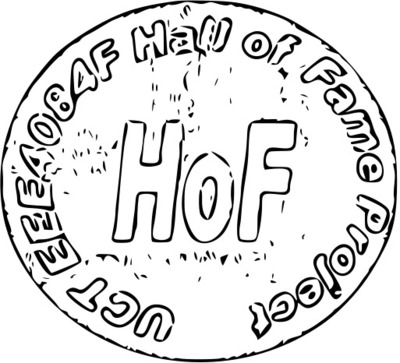 |
BSS - Bit
Sequence Sniffer P09, 2014 Anant Dole and Nicholas Hoernle *Abstract* |
 |
PSA - Pattern
Seek Accelerator P15, 2014 Adam Todes, Devin Norman and Glenn Madzonga *Abstract* |
2013
 |
IMA - Image
Masking Accelerator P13, 2013 Justin Coetser and Daniela Massiceti *Abstract* |
 |
DE - Data
encryption accelerator P15, 2013 Matthew Cawood, Kholofelo Moyaba and Olof Tingstam Peterson *Abstract* |
 |
BCDC - Binary
Coded Decimal Converter P09, 2013 Nyiko Ndhambi and Penlope Yaguma *Abstract* |
 |
SPA - Shortest
Path Accelerator P19, 2013 Justin Coetser and Daniela Massiceti *Abstract* |
2012
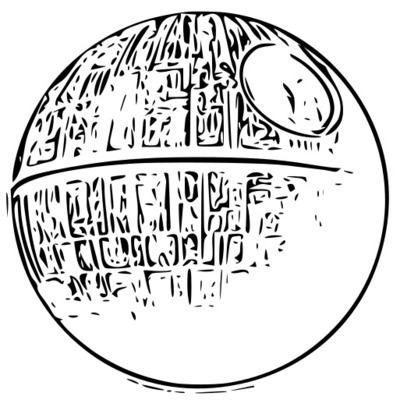 |
DEATHSTAR - Data
Encryption Accelerator That Handles Security
Tasks Anytime Readily P15, 2012 Daniel Galasko, Lynn Assimwe and Victor Mushabe The objective the Data Encryption Accelerator That Handles Security Tasks Anytime Readily (DEATHSTAR) is to accelerate the process of encrypting a data stream. First the rst (reset) control line is clocked, this causes the DEA to reset any internal buffers and storage. Next, an encryption key is set by writing the (a single byte value) of the key to the din (data input) 8-bit data input bus, and then sending a positive edge to the kset (key set) control line. The dclk (data clock) is kept low. After this, the actual encryption starts, which involves iterating through all the data, one byte at a time, by writing a byte of data to the din input lines, then clock dclk clock line. The encrypted data is (pretty much) immediately available on the DEA's dout 8-bit output lines. The latter process is repeated for each item of data. To start with a simple XOR encryption is used as the encryption method. If time permits, this is taken further using a repeating pattern based on the key input. |
 |
PADAWAN -
Parallel Accelerator for Digitising Audio With
Attenuation of Noise P17, 2012 Lloyd Hughes, Stephen Jermy and Ross Engers The problem to be solved is performing filtering and processing on audio in near real-time using a FPGA. Real-time filtering can be achieved in software, however when many filters are cascaded one after the other there will be a delay between audio input and output. For many applications this is an undesirable side-effect, stopping the system from being real time. Some types of filters that can be implemented are: Low-pass, high-pass, band-pass and band-stop. Some effects that can be implemented are: Echo, flange, chorus, reverb, vibrato, phaser, delay and distortion. (Why the acronym you might ask? Kind of obvious from this reference.) |
 |
VADER - Versatile
Accelerated Digital Encryption Recovery P16,
2012 Daniel Donaldson and Gregory Ireland The VADER system is a digitally accelerated add-on hardware device designed to recover passwords using an acquired hashed password and hashing function. Uses of such a device could be to speed up computationally expensive recovery of passwords for forensic purposes such as instances where a victim or suspects password protected information could assist in an investigation. In order for the system to begin the specific hashing function used to create the password hashes would need to be acquired; it is assumed that this is available and many commonly used hashing functions are indeed widely available. The hashed version of the password itself would also need to be acquired. The system will run parallelized functions on an FPGA to accelerate the recovery of the password. The system will first run a dictionary type cracking attempt and following this if it is unsuccessful a brute force algorithm will be applied. Click on the VADER project details to find out more, or download the whole project zip file from the link below. |
